Give a country rare earth elements and it’ll have fighter jets, missiles and warships for a day. Force a country to extract and process its own rare earth elements and it’ll be safe from relying on countries run by unstable dictators forever.
Such is President Trump’s sensible line of thinking as he keeps up America’s trade war with China. As China imposed export licensing restrictions on seven rare earth elements, or REEs, last week, Trump signed an Executive Order “launching an investigation into the national security risks posed by US reliance on imported processed critical minerals and their derivative products.” The administration is now pursuing a deal to procure REEs from Ukraine.
REEs are necessary for the continuation of modern life as we know it; they’re used in everything we love – computers, smartphones, magnets, batteries – as well as those aforementioned defense weapons. Per his order, Trump “recognizes that an overreliance on foreign critical minerals and their derivative products could jeopardize US defense capabilities, infrastructure development, and technological innovation.” Yet the economy and defense sector are not the only facets of US life that stand to gain from lessening our reliance on other nations. The environment also stands to be a big winner in the scramble for rare earth elements.
Prior to 1980, the United States led the world in REE production with California’s Mountain Pass Mine. It was then, reports mining.com, that:
a mis-classification of rare earths had catastrophic consequences for US rare earth mining… New, onerous regulations on thorium made the mining and refining of thorium-bearing rare earth elements risky. Over the next two decades, the US rare earth mining industry collapsed. Defense One notes that, even though American mining companies extract enough rare earth ore, through mining other metals, to meet 85 percent of global demand, it is discarded because the regulations make it uneconomic to mine. How’s that for irony.
“The Chinese filled the void left by US rare earth mining with gusto,” and today, the US relies on China for 70 percent of its REEs.
China, of course, isn’t known for its environmentally sound practices. And Americans don’t seem to care, so long as it isn’t in their own backyard. While China is still contending with what Yale calls the “toxic aftermath” of devil-may-care mining practices, including “severe problems of water, air, and soil pollution” and associated health problems, the US turns a blind eye and buys, buys, buys.
I have spent the majority of my life living in a region scarred by the effects of negligent mining practices. Pennsylvania has some 5,000 miles worth of streams that have been polluted by acid mine drainage. One that runs through my hometown oozes rusty-brown contaminants and is known locally as “the Shit Crick.”
Though I’m not one to advocate for very much government regulation, these “legacy” mines were abandoned prior to 1977, the year new regulations were put in place. Still, I doubt the men slaving away in the deep mines to produce coal that powered America to win back-to-back world wars intended to leave a mess behind for future generations. They didn’t know any better. But today, we do know better, and coal mining has advanced by leaps and bounds so that modern practices are efficient and environmentally conscious; coal operators are required to go to great pains and expense to reclaim land after it’s mined, and in the case of unearthing deep mines, leaving the land better than they found it.
Could the US develop a way to acquire REEs that is less complex, costly, onerous and environmentally devastating as it has historically been? Sarma V. Pisupati, professor of energy and mineral engineering and director of the Center for Critical Minerals at the Pennsylvania State University, told me that doing so is not only possible, but “an urgent matter of national security.”
One method I’ve written about before is being developed by Penn State researchers and involves treating the acid mine drainage that’s flowing through old mines and polluting streams.
“If we treat them to get these [rare earth] elements out, we’re actually doing a favor, and taxpayers don’t have to pay to clean these waters up if we generate money off of [the pollution],” Pisupati said. “There is work to be done, but it can be achieved so we can reduce our imports, we can make these materials right here, and we can clean up our environment.”
REEs have been found in clay deposits in and around seams of coal. There is an “enormous cache” of rare earth elements within coal ash, University of Texas scientists have found, and the supply “contains enough rare earth elements to significantly bolster the national supply without any new mining.” The Wall Street Journal reported last year that “the rare-earth mother lode… estimated to be the richest in the world” had been discovered in Wyoming. We have REEs here, but we’ve been so content to sit back and let China develop the technology to process them into useable form, we don’t have the ability to process them… yet.
Pisupati acknowledged there are still “some gaps still in knowing how much we have, where we have, what we have, we know that we have,” and that more exploration is needed to find the highest concentrations of critical elements. He says, however, we “definitely need a project like the Manhattan Project to get out of this import, reliance situation.”
Tariff chicken littles “warn” there will be “consequences” over China restricting US access to REEs. The supply-chain will stall. But what of the consequences of being caught flat-footed when China decides to halt the supply chain altogether? Shouldn’t we learn to stand on our own two feet now? Necessity is, after all, the mother of invention.



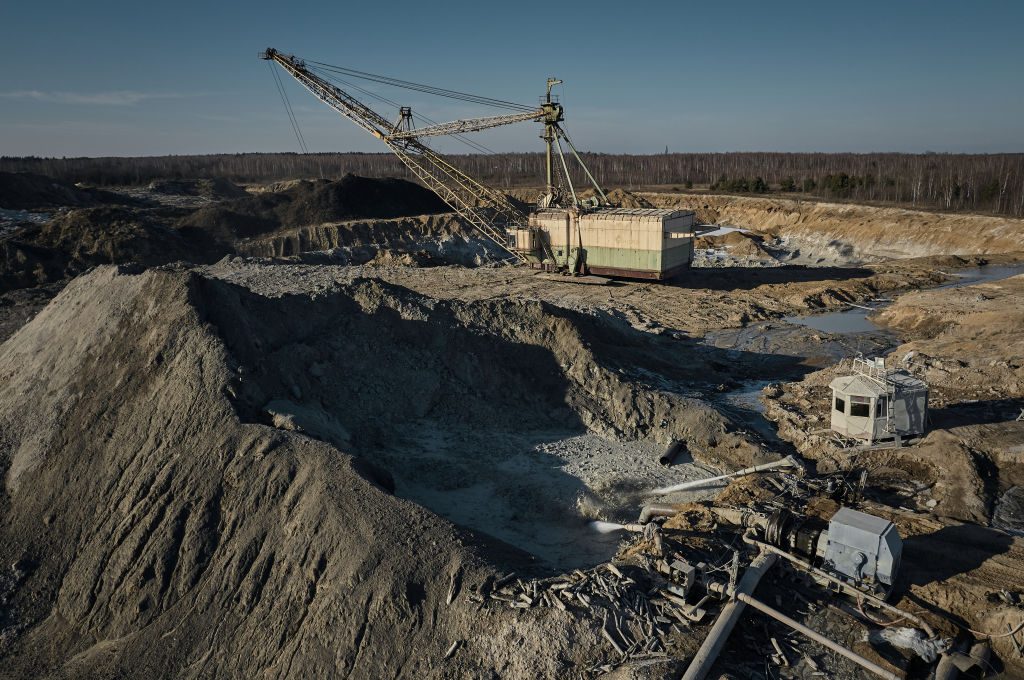









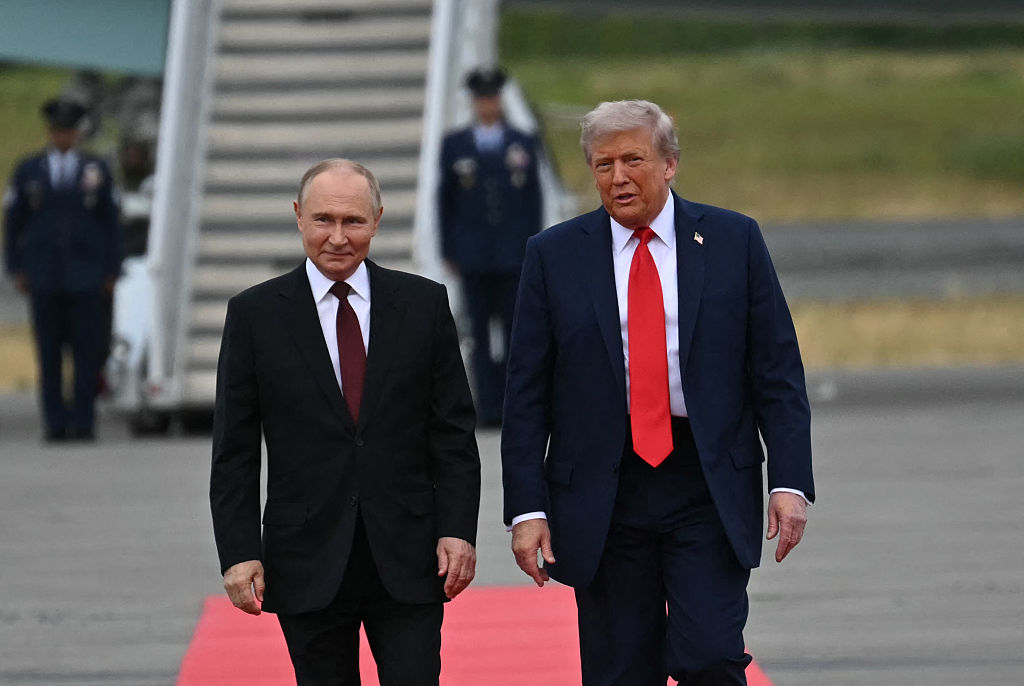


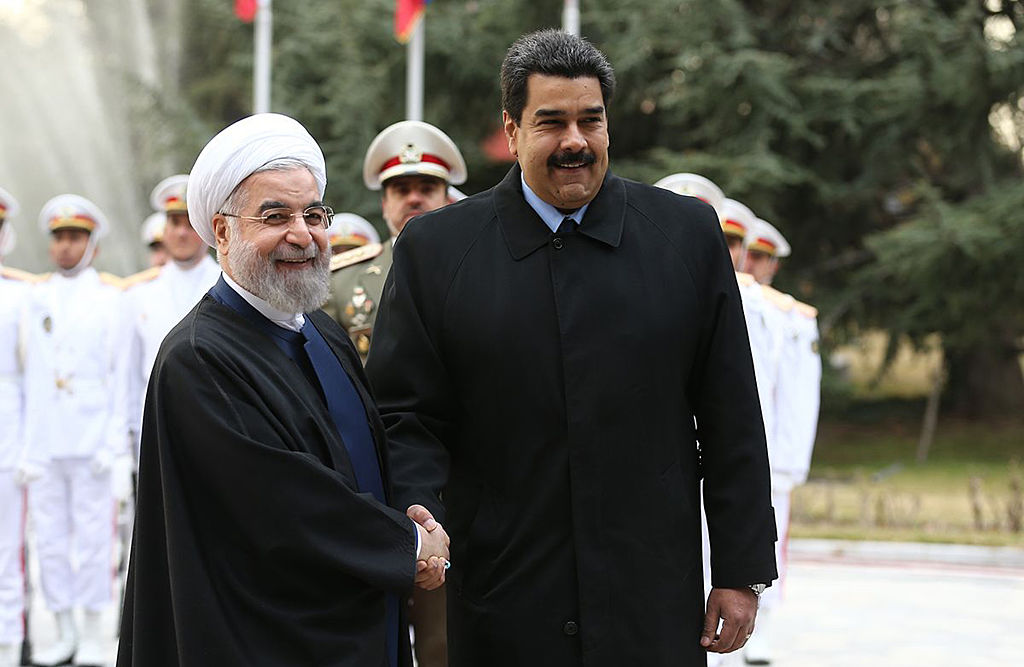
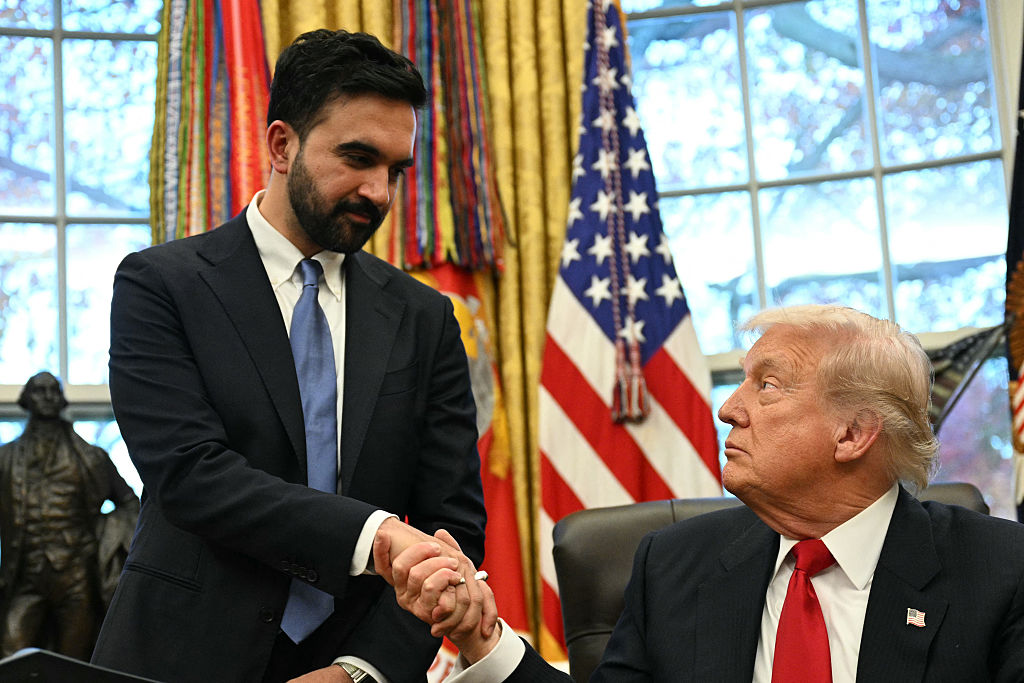


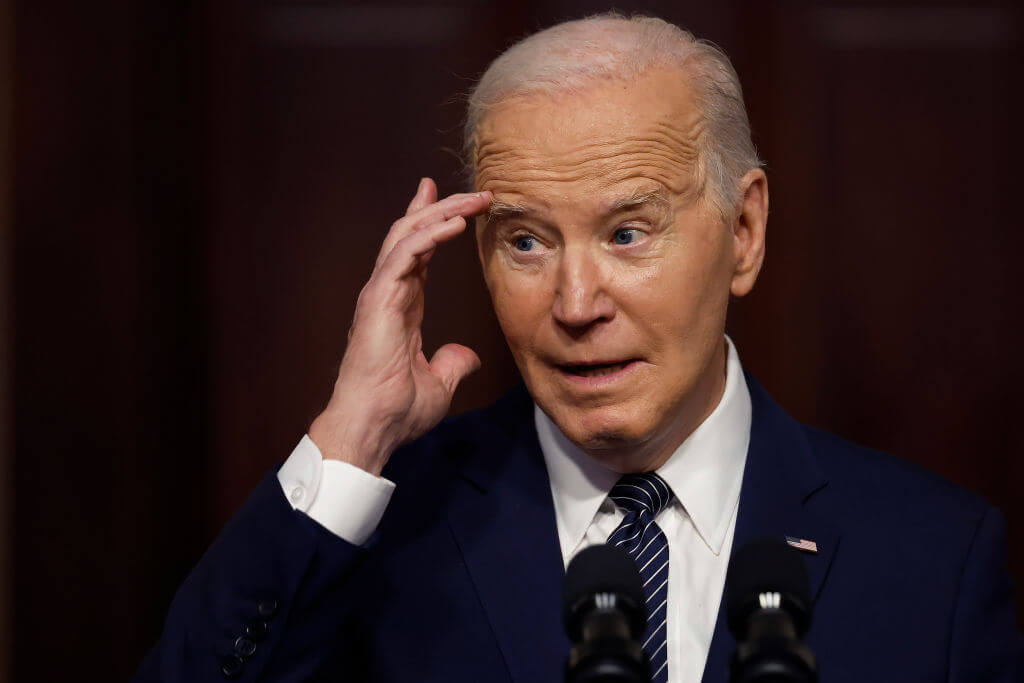



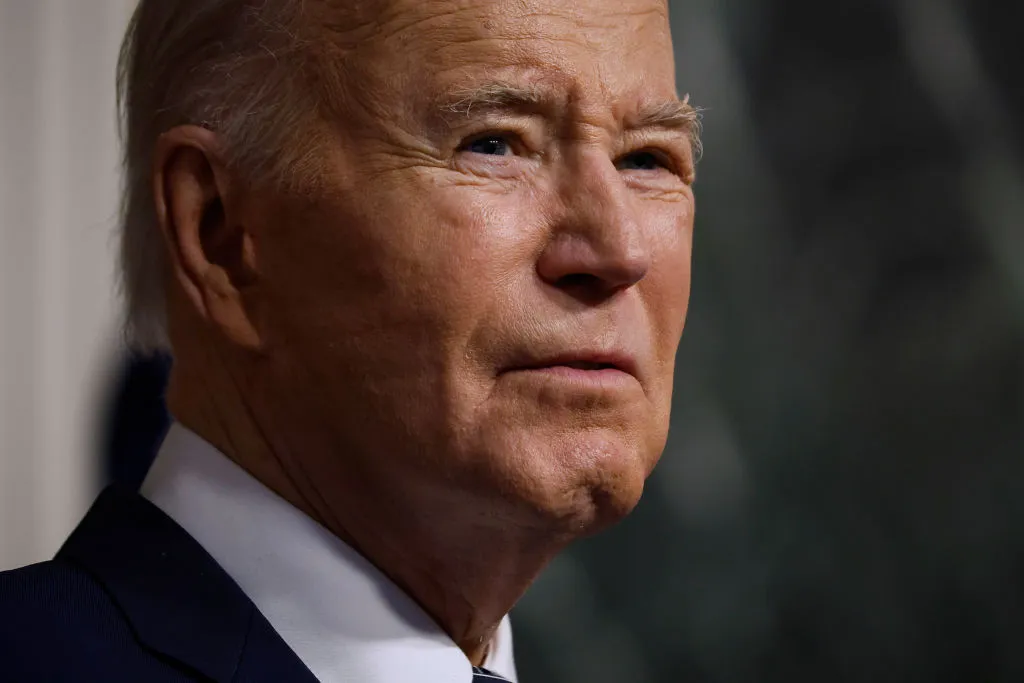

Leave a Reply